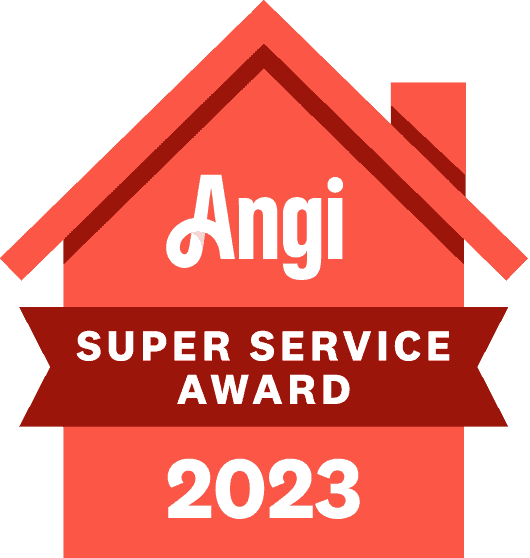No matter what surface you’re painting, you want to end up with smooth results. Sometimes, though, despite your best efforts, your home interior painting outcomes don’t go as planned. One common painting problem faced by many homeowners is bubbling, also known as blistering. You might have seen this problem yourself, either in your own home or someone else’s. Bubbling paint resembles warts or pimples of various shapes and sizes. Needless to say, it’s not a good look for your interior.
So, what can you do if bubbles show up in your home interior paint? It helps to know what causes this issue in the first place. Let’s go over potential reasons for paint bubbling, how to fix the problem, and how to prevent it from happening in the future.
What Causes Paint Bubbles?
There are many possible causes for blistering or bubbling, but they all have to do with a lack of proper paint adhesion. In other words, bubbling occurs when something gets between the surface and the paint itself. The culprits include:
- Moisture: If the walls are even slightly wet during residential interior painting, water bubbles can form underneath the paint during the drying process. Moisture can also build up underneath the paint over time. This phenomenon is common in regularly damp and/or poorly ventilated areas like bathrooms, kitchens, and basements.
- Heat: High temperatures can lead to bubbling by causing the topcoat to dry faster than normal.
- Dirt and Oil: Paint has a hard time sticking to an unclean surface. The presence of these loose particles will prevent paint from properly curing, leading to surface-level blistering over time.
- Lack of Primer: Primer is meant to provide a receptive surface optimized for paint adhesion. Failing to coat the surface with primer can affect how well the paint bonds to the surface and lead to bubbling.
- Poorly Mixed Paint: When stirred too quickly or for too long, air bubbles can form in the paint, which can appear when applied to the surface.
How to Properly Remove Bubbles in Your Interior Paint
Whatever the reason for your interior’s paint bubbles, what matters now is getting rid of them. This process isn’t particularly complicated, but it does involve several steps to minimize mess and ensure that bubbles don’t return. Here’s how interior painting contractors get it done:
- Place drop cloths underneath the work area to capture falling paint debris
- Wear goggles and a face mask to protect your eyes and lungs from dust
- Carefully scrape away paint bubbles via a paint scraper or putty knife
- Sand the spots where the bubbles were so the area is smooth and flush with the wall
- Using a damp cloth, get rid of any dust, dirt, or grease from those areas
- Fill any divots or cracks with joint compound and let it dry
- Sand the dried compound until smooth
- Repeat cleaning
- Prime the areas in question and let dry
- Using the proper paint, coat the areas
- Once dried, apply a second coat if necessary
Preventing Future Paint Bubbles
After all the work you put in painting your interior, removing bubbles, and then painting again, your focus should be on preventing bubbles and blisters from occurring again. First off, whenever performing a home painting project, always clean and prime the surface beforehand. Proper surface prep will save you many headaches down the road and give you better-looking, longer-lasting results. Next, don’t paint in hot or humid conditions. On that note, minimize heat and moisture build-up in your home as much as possible, especially just after a new paint job. Open windows and doors when taking showers and baths, run fans when cooking, install dehumidifiers in your basement and attic, etc. And lastly, use high-quality paint, stir it as instructed, and apply it with an adequate applicator.
Bubbles are fun, but not when they’re messing up your interior paint. If you’re struggling to get rid of those pesky blisters, hire a reliable interior painting service near you. At All American Painting Plus, we aren’t satisfied until you are. To learn more about us and everything we do for our clients in Northern Virginia, give us a call at 703-620-5563!








